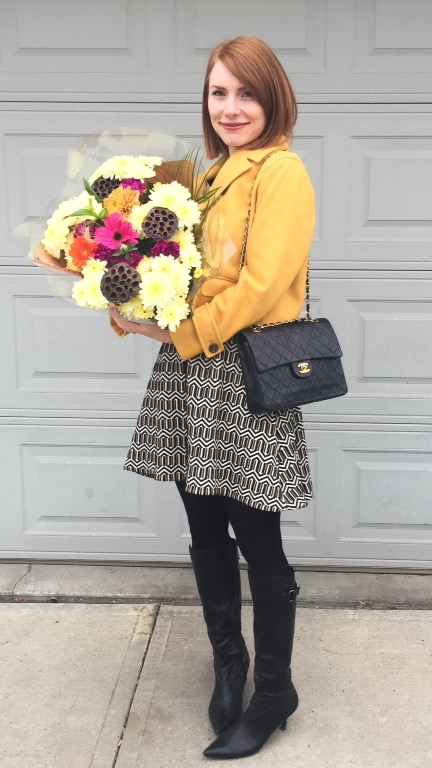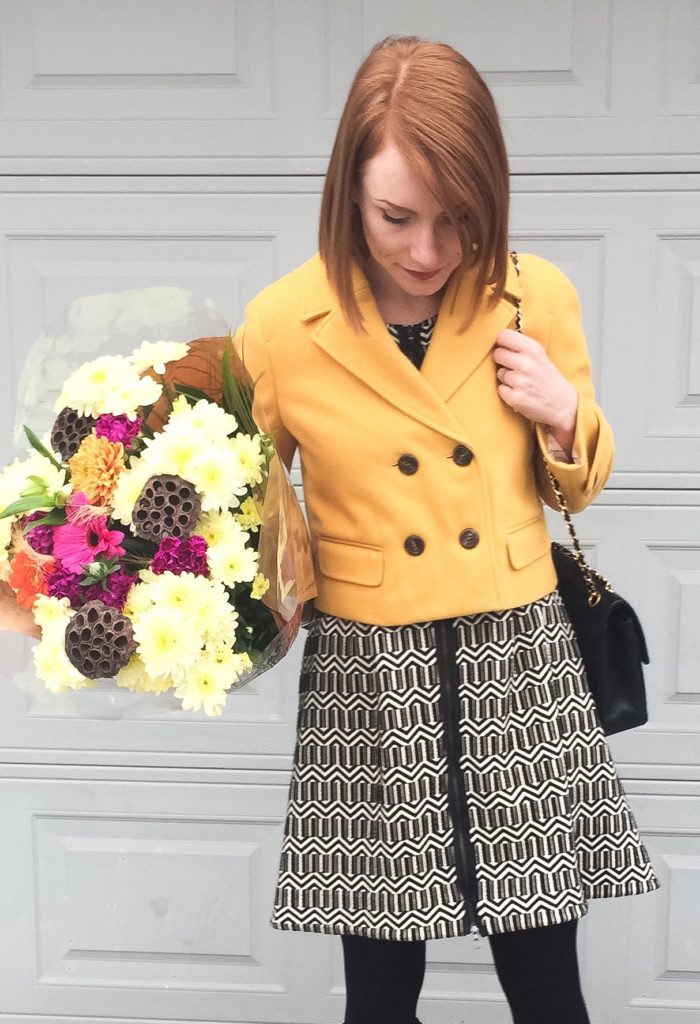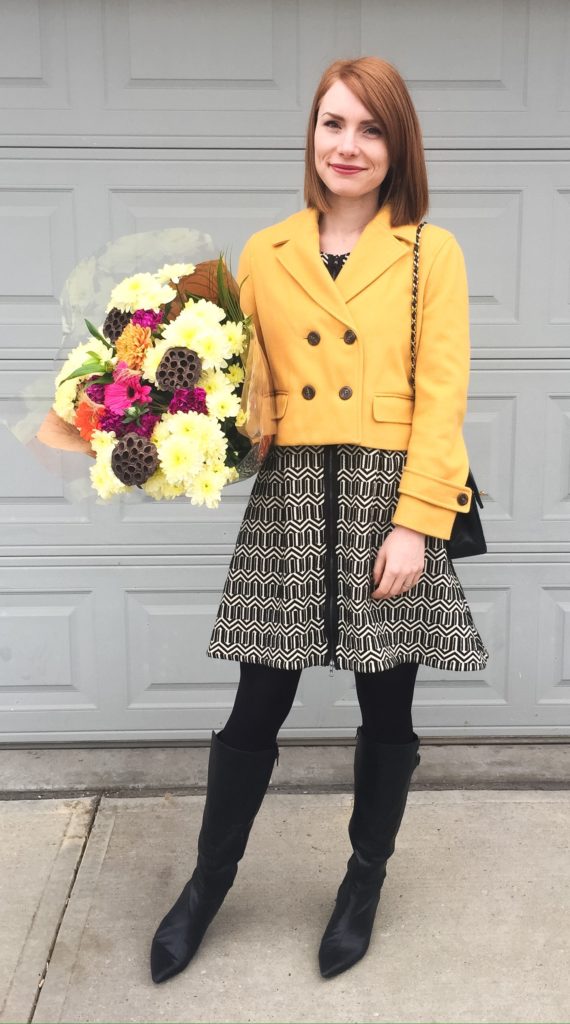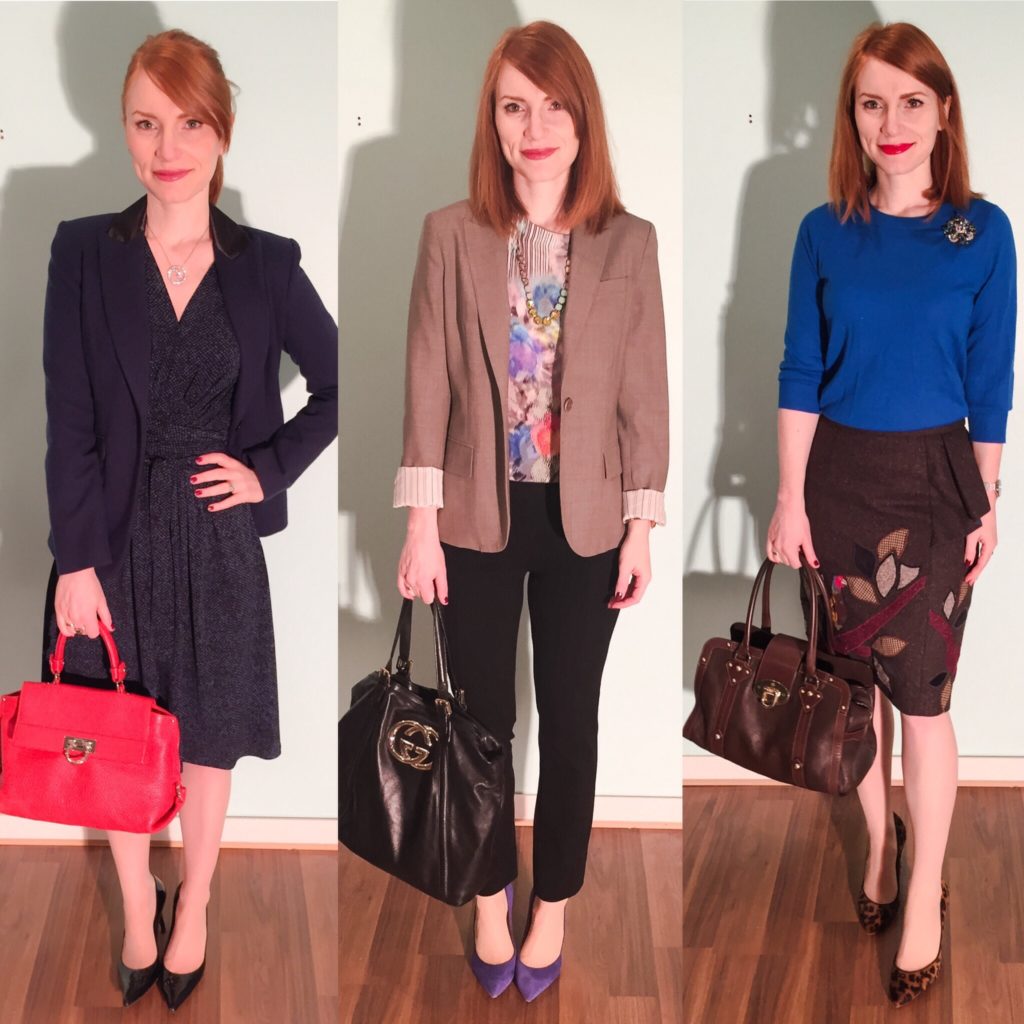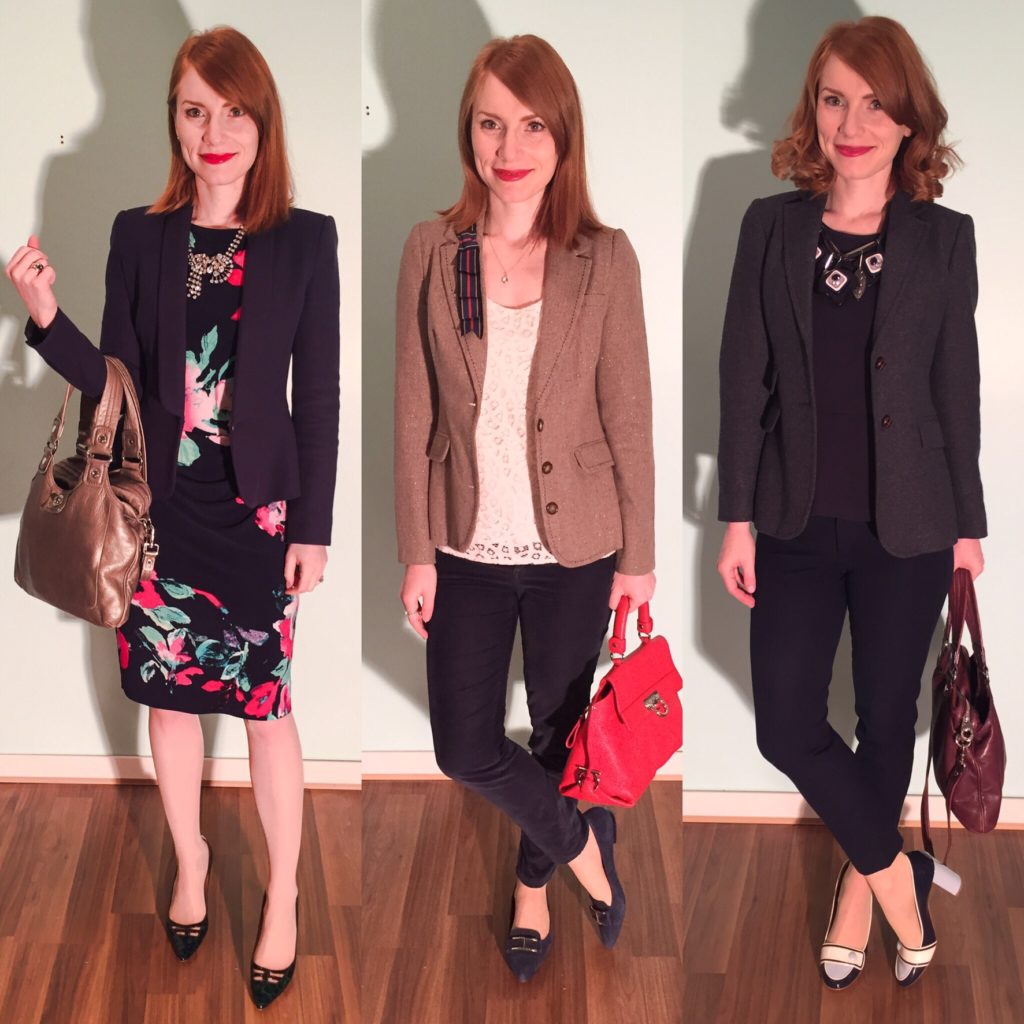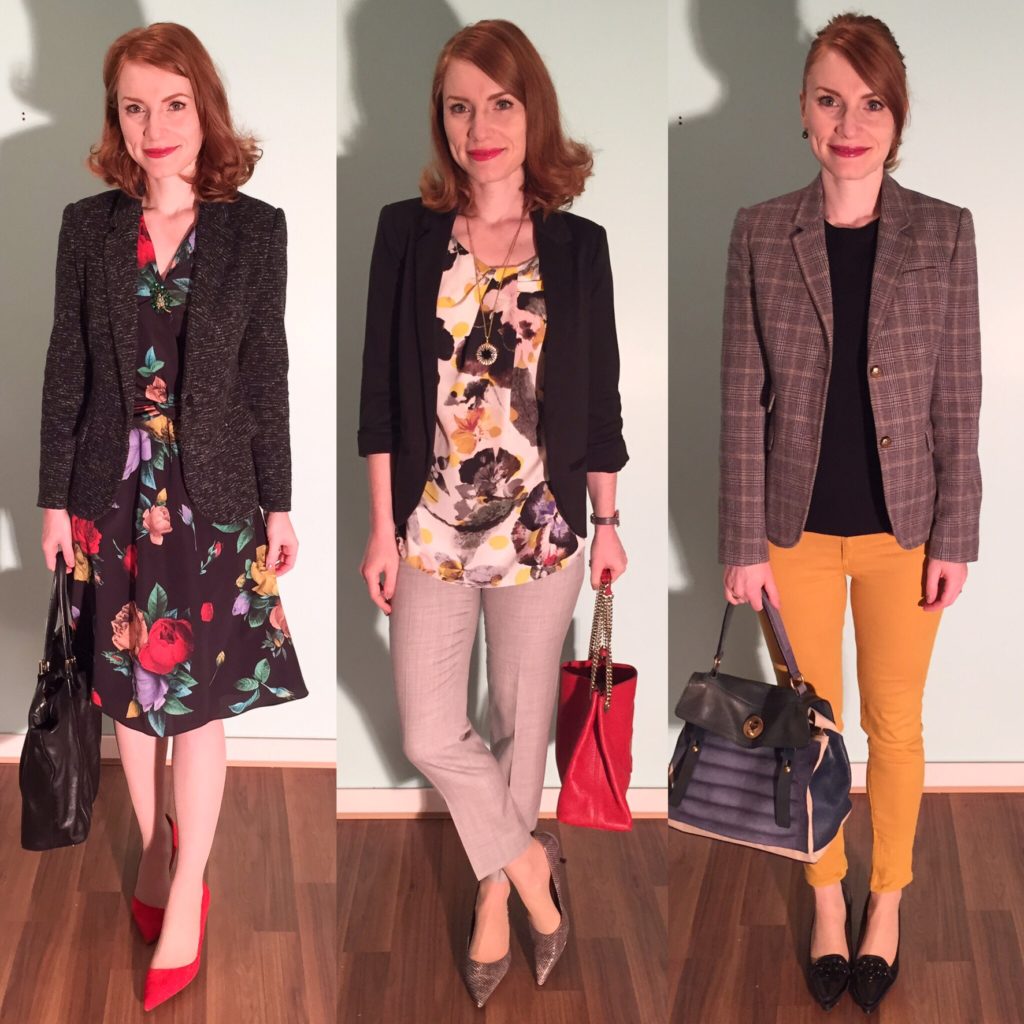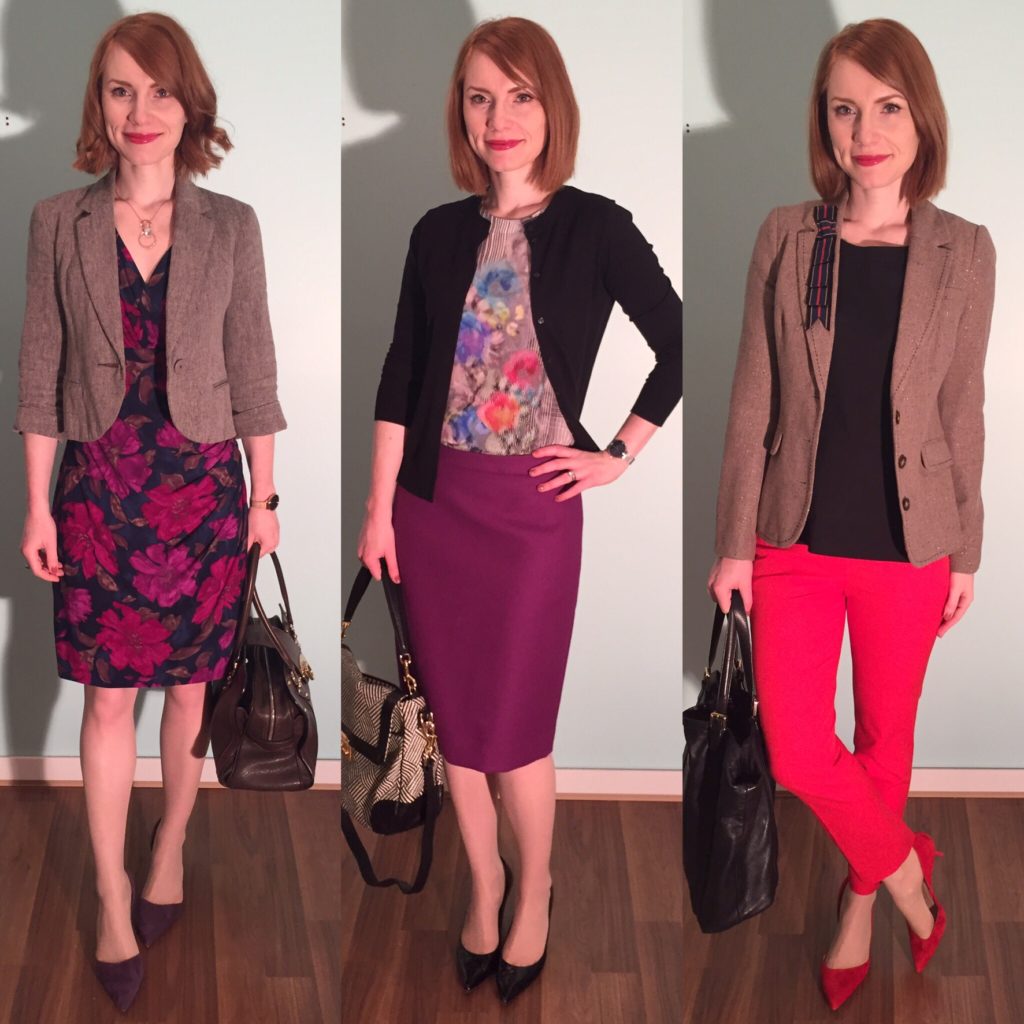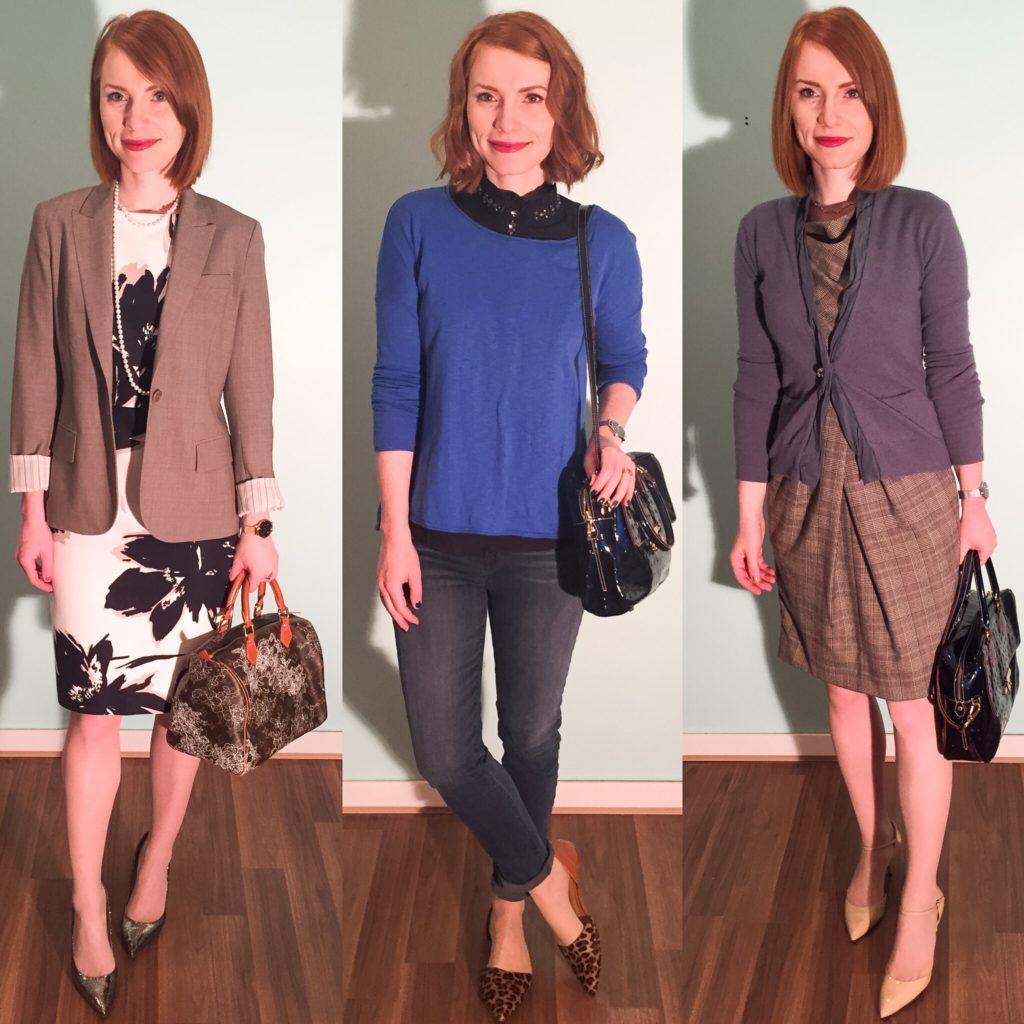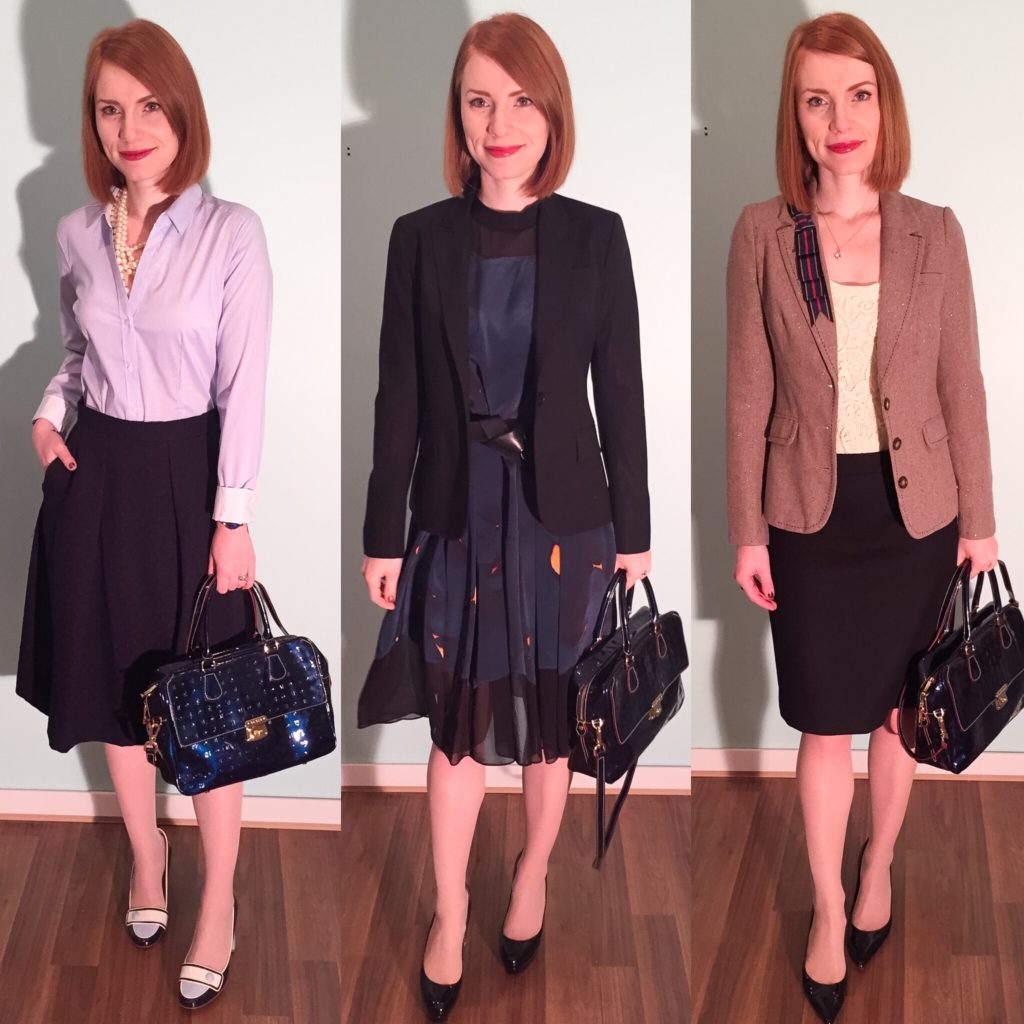So, hey. Hi. It’s, um … been a little while, huh?
First of all, sorry for the radio silence. It was unintentional at first, and then it sorta became … a thing.
The last few months have been tough, for a variety of reasons that belong to those parts of my life that I don’t share on this blog. At times, writing here can be a bit tricky; without context, I am often in danger of sliding into the blogging equivalent of posting vaguely concerning Facebook updates, which are universally despised (and with good cause). The context is non-negotiably off-limits and at the same time, it is also an inextricable part of my day-to-day life. I’ve tried my best to keep the focus of this blog on what it’s supposed to be — personal style, not completely devoid of the personal — though it hasn’t always been easy. It seemed important to do it, however, if for no other reason than because this blog has always been my “fun” distraction from the “real world”. A hobby that has allowed me to connect with some truly wonderful women, online and in real life.
With everything going on recently, the thought that “something’s gotta give” came up more than once. I figured I might take a few days off; I had a few posts canned, and I could catch up on my chores, catch up on my book edits, catch up on life, and catch a breath.
And then, a couple of weeks ago, I stumbled upon a corner of the internet where (some) people who regularly read this blog gather to anonymously air their views on my (and the blog’s) various faults. Those include my being, among other things, a terribly dressed compulsive shopaholic with an undiscriminating penchant for outdated designer crap. I’m paraphrasing.
Oh boy.
I felt a lot of things in that moment, none of them good. I was surprised, above all, to find how unprepared I was to deal with those feelings. So I took a few more steps back from the blog, because it had suddenly become something worse than just another time-sucking hobby. Something more like, say, a radioactive garbage can.
These days, some might say that having “haters” is a sign that one has arrived on social media. I don’t care for that notion. I have been upfront about wanting to create a community through and on my blog, but I have never aspired to make it a business. I make exactly zero dollars from this blog, by choice. This is my hobby. This is a space where I share my love of clothes, books, and other “frivolous” topics close to my heart. Inevitably, it is a place where I share parts of my life; not all of it, or even most of it, but enough to make it a personal affair – to allow for that sense of community to develop. I have been careful about how much I share, but I’ve never had cause to regret the things I’ve shared here – bad outfits and all. Perhaps I was naive in thinking that would always be the case. Reading some of those anonymous comments was deeply hurtful, and they made me ashamed of my willingness to share any part of my life.
It is conventional wisdom that, as a blogger, I am willingly opening myself up to judgment and criticism. Implicit in that proposition is the notion that, as a blogger, one must “take the good with the bad”. I have tried to do that; to be open to criticism even when it was not requested. For something as subjective as style, it’s easy enough to do. It doesn’t bother me if someone hates my clothes or the way I wear them; style is in the eye of the beholder, and I’m confident enough in my own choices. It’s much harder to be open to comments that impute values and motivations to my actions that are (in your own eyes, at least) categorically untrue. And it’s hard to see the “constructiveness” in any of this when it leave no room for dialogue. It was obvious that the comments I saw were coming from people who are regular, long-time readers of this blog — people who, coincidentally, have never left a negative comment on my blog. I know, because I haven’t deleted a single comment in 6 years, and these were not things that anyone has been willing to write in the comment box. That puts me in a tough spot. Because my goal is to foster a community, I always thought it was incumbent on me to address readers’ concerns, no matter what their topic or merit. To engage. To have a dialogue. Those anonymous commenters don’t want that. They want to read my blog, and bitch about it/me without engaging in an actual conversation with the subject of their derision.
They are perfectly entitled to do that — such is the beauty of our internet age.
I get to decide how I feel about it, and how those feelings affect the cost-benefit analysis of my decision to blog.
The answer should be easy. I know that. But nailing down that answer has proven anything but easy. I have flip flopped more times than I care to count. In the meantime, life went on. As it does. Events of infinitely greater significance to the world happened. The more time passed, the fewer reasons I found to come back to the blog.
So, then, this post. Why?
One of my friends, who is very wise and very kind, shared her wisdom and her kindness with me this past weekend. Her words helped me a great deal in grappling with my complicated feelings on this very simple subject. In the end, they did something more besides that. They reminded me, once again, of why I blog. My friend, you see, is someone I met because of this blog. She is not the only amazing person who came into my life this way. She is a part of a community, and her friendship is one of the gifts of that community. I am so grateful for that, particularly at a time when kindness and understanding seems to be at a premium in our world. That’s why I blog. I hope that is also why some (if perhaps not all) of you visit this blog.

